5 Tips for Planning an Off-Road Adventure
When it comes to off-road adventures, half the fun is planning the trip. While spur of the moment wheeling trips can be fun, I find that a well-planed trip seems to usually go smoother, and leaves less room for things to go wrong. Whether I’m going out for a day, or a week, there’s always a few things I do before I even begin packing for the trip that significantly improve the odds of a successful adventure. Below, I list out five tips for planning an off-road trip, and explain how they’ll make a difference for your next outing. Let’s dive right into it.
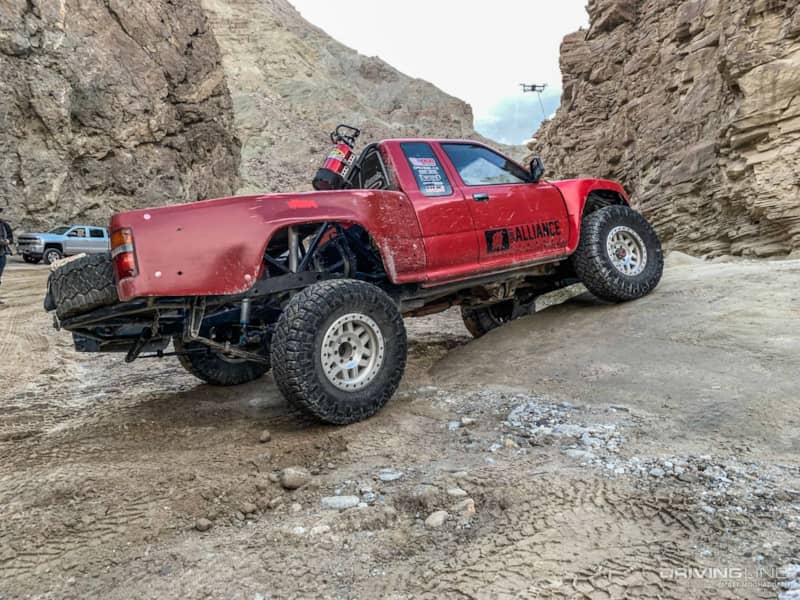
5. Choosing a New Destination
While this first one seems a bit obvious, I actually pride myself on finding new places to go with my truck that I’ve never been before. Of course, everyone has their tried and true favorite wheeling spots, and it’s important to keep traditions alive, but there’s something very rewarding about visiting a place you’ve never been and navigating the terrain for the first time. Inspiration to visit a new place can come from anywhere; seeing photos from a friend’s adventure, hearing about an interesting feature (like a waterfall hike or a slot canyon) near the trails, perhaps even somewhere with historical significance. I enjoy learning about the history of these places, and often times, history is preserved in remote areas only accessible by off-road vehicles. When planning your next destination, try to find somewhere you haven’t been, and research some of the best points of interest in that area.
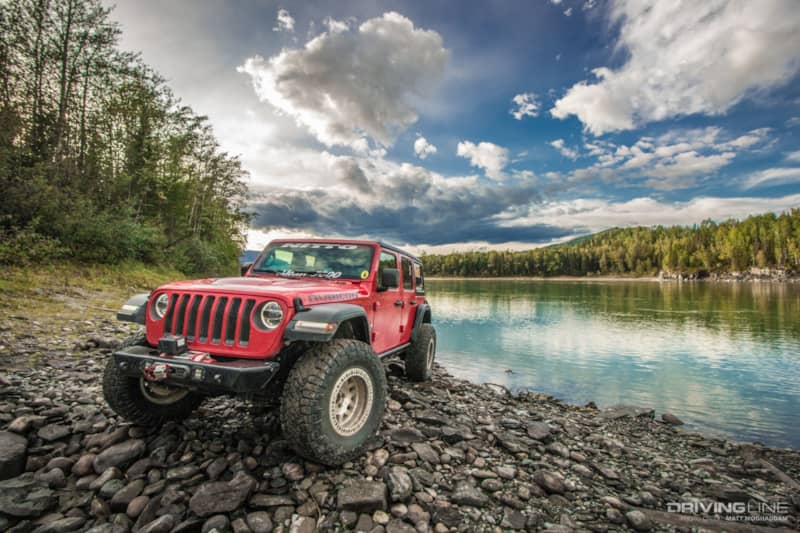
4. Mapping Your Route
For me, getting directions verbally on how to get somewhere just doesn’t cut it. I’m somewhat of a map nerd, so anytime I’m planning an off-road trip to a new place, I head straight to Google Maps and begin scouring over the land to familiarize myself with what’s there. Google has a feature where you can actually create a route on a map, complete with points of interest, camp spots, or any other places that you’ll want to note (gas stations, ranger stations, etc). You can export the map to your mobile device or GPS for the trip. Planning my route ahead of time has saved me a lot of hassle over the years, and it’s even helped me get out of otherwise bad situations by knowing exactly where I am in relation to the nearest highway. While nothing really beats a physical map in terms of reliability, having a digital route of your adventure increases the odds of getting off the grid and back onto it without any hiccups.
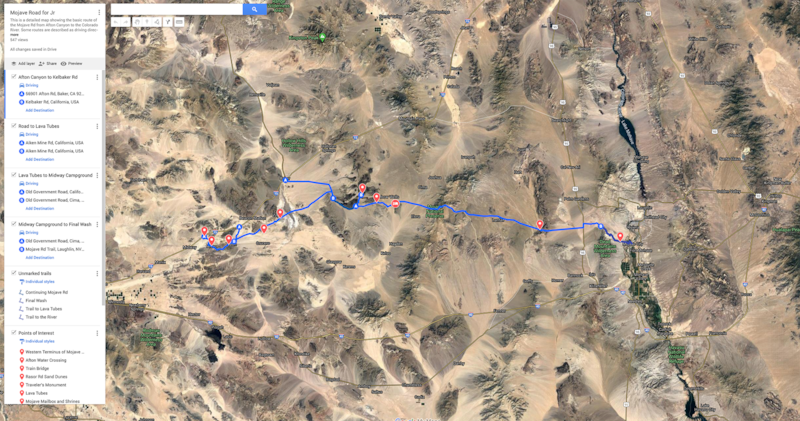
3. Packing Appropriately
We’re not talking about packing a poncho for rain here. Your length of stay will determine the gear you’ll need to bring, so keep that in mind. Also, different terrain requires a different set of gear, regardless of how ready you think you and your rig are. If it’s a day trip to the mountains, I’m getting the bug spray and small cooler full of ice. If it’s a weekend in the desert, I’m packing sunscreen and my fridge/freezer. These are just examples of camping gear, but the same applies to your rig. I normally bring a small tool bag for a day trip, but a week-long point to point trek means I’m packing my off-road tool box, so I’m ready to tackle any kind of trail repair, whether it’s on my own vehicle or somebody else’s. Recovery gear should always be a part of any trip, regardless of your destination or length of stay.
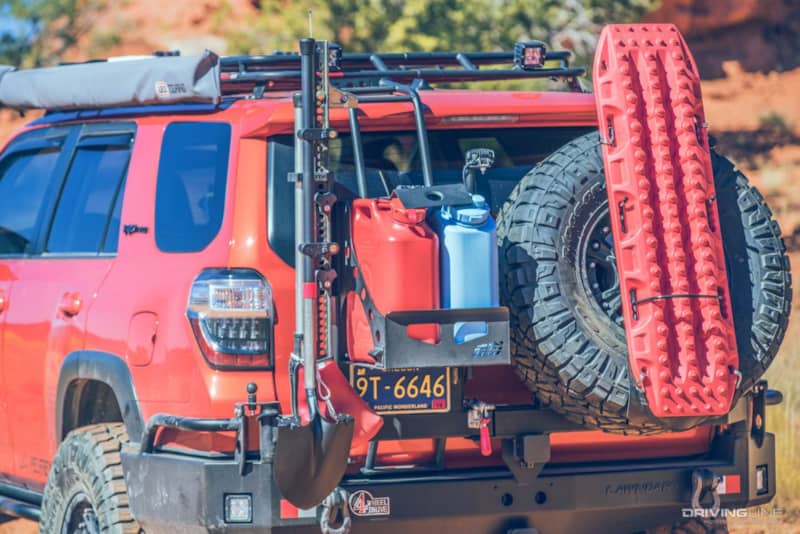
2. Anticipate Fuel Needs
This tip seems a bit redundant for shorter trips, but it’s important to keep in mind on longer, point to point trips such as the Mojave Road. It helps if you know what your fuel economy and MPG is when off-roading, because more often than not, it’s lower than what you’d get on the pavement. Constantly on the throttle to move through sand, or traversing elevation change uses much more fuel than simply driving down the highway. If you don’t know what your average MPG is off-road, expect it to be as little as half your otherwise normal MPG. For example, if your rig gets 18 MPG on the highway, expect to see 9 MPG on the trail. While this isn’t always accurate and depends heavily on your scenario, it’s a good benchmark. Using the map you made in the second tip above, you can calculate your total mileage of the trip ahead of time. Then, knowing your off-road MPG can help you plan for where you’ll need to fill up before hitting the dirt, and how much fuel you’ll need to bring with you on your trip to get to your destination based on the total miles you’ll be driving. Again, this is not an exact science, but it’s definitely something you want to consider before setting off.
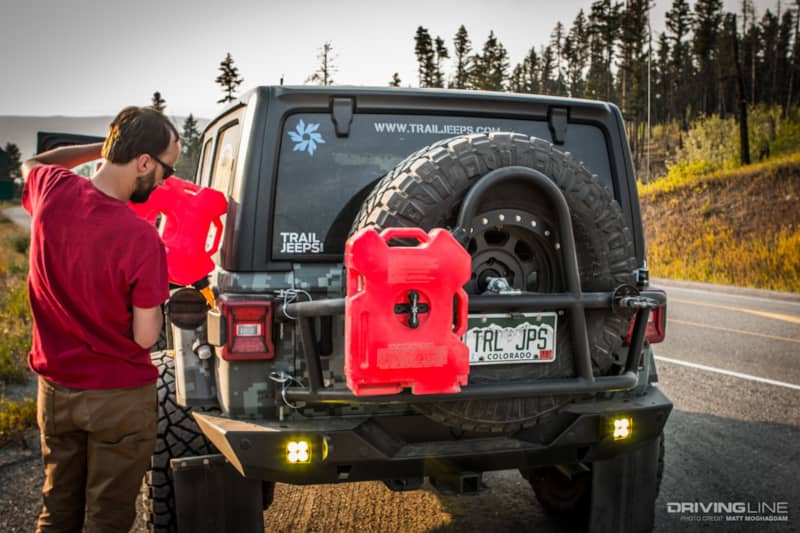
1. Use the Buddy System
My number one rule for off-roading is to always bring a friend. Not only does it severely improve your chances of getting back to civilization safely if something were to go wrong, but it’s also twice the fun of going at it alone. I’m well aware that many enjoy the solo wheeling lifestyle, and have pretty good plans in place in case anything were to happen to them or their rig, but I’ve always found that planning a trip with friends and sharing the experience with them is much more rewarding. So before you set your alarm to wake up at 4:00 AM and hit the road, call up a few of your wheeling buddies to see if they’ve got an open Saturday. If they enjoy the great outdoors and off-roading as much as you, chances are, they’ll make it fit their schedule.
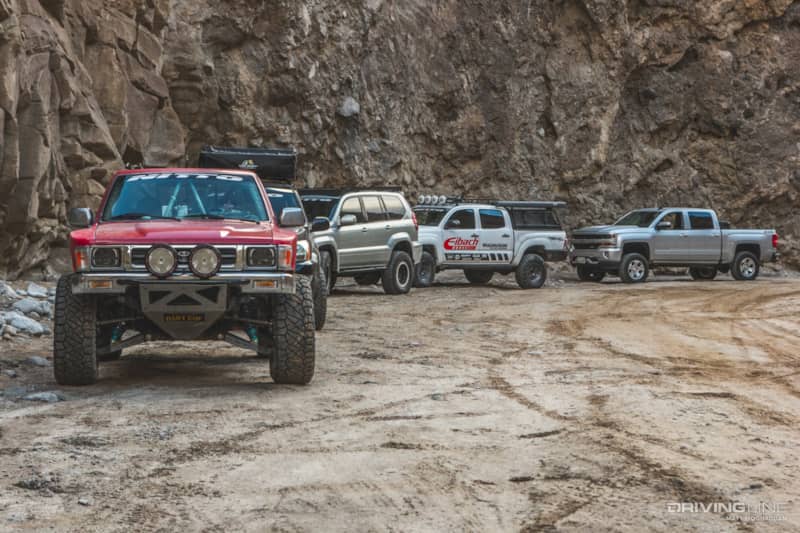
It’s important to keep in mind that the reason we started off-roading in the first place. Whether you just got your first rig, or you’ve been wheeling with your family since you were in diapers, we do it for the same reasons. To experience life in a different way, for a change in pace from the norm, and to make memories that will last a lifetime. With a little planning ahead of time, you can almost guarantee you’ll be driving to work next week with a smile on your face and stories to share with your co-workers. Start planning your next off-road adventure, and maybe I’ll see you out on the trail someday.
Click here to see 7 tips to avoid looking like an off-road poser.







